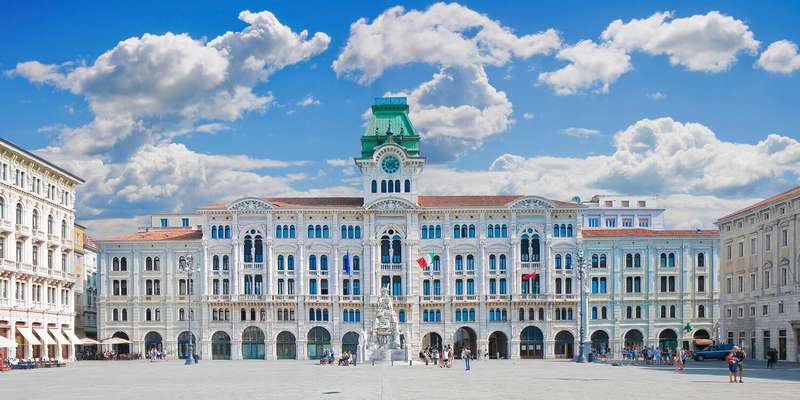- Home
- Useful Tips
- Essential first-time visitor...
Navigating Trieste's public transport system can overwhelm first-time visitors. With 78% of tourists reporting confusion over ticket validation rules and 62% missing connections due to irregular schedules, the stress of transit logistics often overshadows the joy of exploring this coastal gem. The city's hybrid Italian-Austrian influences create unique quirks in its transport network – from dual-language signage to abrupt route changes during summer festivals. Unlike major Italian destinations, Trieste lacks metro lines, making its bus and tram system the lifeline for reaching key attractions like Miramare Castle or the Roman Theatre. Missteps can mean hour-long waits at suburban stops or steep fines from ticket inspectors, turning what should be a simple ride into a vacation headache.


Decoding Trieste's ticket system before you board
Trieste's ticket options baffle many visitors with their layered pricing and validation requirements. The city uses a unified urban ticket (biglietto urbano) costing €1.35, valid for 60 minutes with unlimited transfers – but only if properly stamped in the yellow machines aboard vehicles. Unlike Rome or Milan, tobacco shops (tabaccherie) remain the most reliable physical ticket sources, though some bars near major stops carry them. First-time riders should note the €50 fine for unvalidated tickets is strictly enforced, especially on routes to tourist areas. A little-known local trick: purchase the Trieste Trasporti app ticket before boarding to avoid validation hassles, as digital tickets activate upon purchase. For those planning multiple rides, the €4.10 daily pass sold at kiosks near Piazza Oberdan offers substantial savings over single fares.
Mastering bus and tram routes like a local
Trieste's transport network follows a hub-and-spoke model radiating from Piazza Oberdan, yet route numbering defies simple logic. Buses with numbers below 30 serve urban routes, while higher numbers indicate suburban lines with less frequent service. The vintage Tram 2 to Opicina remains a scenic but unpredictable option – its century-old cars sometimes halt service during high winds. Savvy travelers download the Trieste Trasporti app for real-time updates, as printed schedules at stops often prove unreliable. Key insider knowledge: buses marked 'extraurbano' require different tickets and won't accept urban fares. For reaching Miramare Castle, take bus 36 from Piazza Oberdan but verify return times – the last departure often leaves before castle closing, stranding unprepared visitors.
Strategic timing to avoid transport headaches
Trieste's transit rhythm follows distinct patterns that can make or break your sightseeing plans. Morning rush hours (7:30-9:00 AM) see packed buses, while the 1:00-3:00 PM siesta lull means longer waits. Sundays and holidays operate on reduced 'festivo' schedules, with some suburban routes not running at all – a critical factor when visiting outlying attractions. Summer brings additional challenges: July's Barcolana regatta disrupts waterfront routes, while August's mass local exodus triggers abbreviated services. The smartest travelers plan museum visits around transport schedules, aiming for late morning arrivals after the commuter crush. Those staying near the train station should note that last buses to hilltop districts like San Giusto often depart by 10:30 PM, making night-time returns by taxi inevitable.
Accessibility and alternative transport options
While Trieste's buses feature wheelchair ramps, the historic trams and many hilltop stops remain challenging for mobility-impaired travelers. The city offers 'Servizio Amico' – a bookable accessible transport service requiring 24-hour notice at +39 040 9858555. Cycling presents a viable alternative with bike-sharing stations near the station, though the city's steep gradients test casual riders. For those venturing beyond urban limits, the FVG regional transport pass (€12/day) covers trains to nearby Slovenia and buses to coastal towns like Duino. A final local secret: the 'AREA Science Park' shuttle bus runs free routes serving key museums and the port area, though its schedule remains one of Trieste's best-kept transit mysteries.



